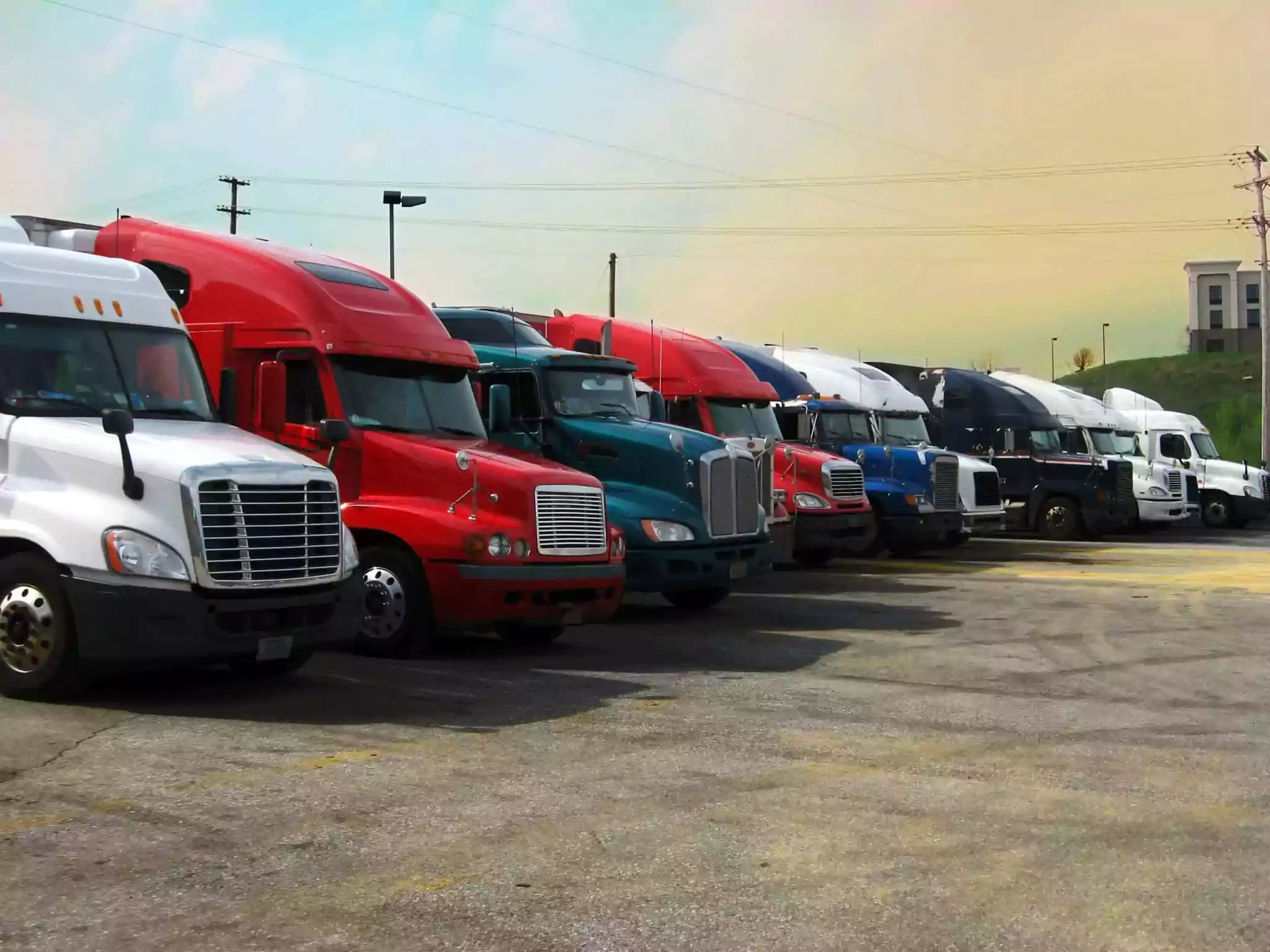
If you’re a trucker or involved in the trucking industry, you’ve likely heard the term “ELD devices” being thrown around quite a bit. But what exactly are ELD devices and why are they so important? In this article, we’ll dive into the basics of ELD devices, explore their key features, discuss how to choose the right one for your needs, and provide some tips on using them effectively. So, buckle up and let’s get started!
Understanding the Basics of ELD Devices
Definition of ELD Devices
ELD stands for Electronic Logging Device. It’s a piece of hardware that connects to a vehicle’s engine and automatically records the driver’s Hours of Service (HOS) electronically. Gone are the days of manual logbooks and paper records. ELD devices are designed to streamline the process and ensure accurate and reliable recording of hours.
ELD devices come in various forms, from simple plug-and-play models to more sophisticated integrated systems that offer additional features like GPS tracking, vehicle diagnostics, and communication capabilities. These devices not only record driving hours but also monitor vehicle performance, track location, and provide valuable data for fleet management.
The Purpose of ELD Devices
ELD devices were introduced to improve safety, efficiency, and compliance in the trucking industry. By replacing paper logbooks with electronic records, ELD devices help eliminate errors, reduce the risk of logbook tampering, and provide real-time visibility into a driver’s compliance with HOS regulations.
Furthermore, ELD devices play a crucial role in enhancing overall fleet management. They allow fleet managers to track vehicle location, monitor driver behavior, and optimize routes for better efficiency. By analyzing the data collected by ELD devices, companies can identify areas for improvement, enhance driver training programs, and ultimately increase productivity.
The Importance of ELD Devices for Truckers
Ensuring Compliance with Regulations
One of the primary reasons why ELD devices are crucial for truckers is compliance with regulations. The Federal Motor Carrier Safety Administration (FMCSA) mandates the use of ELD devices for most commercial motor vehicle drivers who are required to maintain Record of Duty Status (RODS). By using a certified ELD device, truckers can stay on the right side of the law and avoid costly penalties.
Furthermore, ELD devices not only help truckers comply with regulations but also streamline the reporting process. Gone are the days of manually recording hours of service on paper logs, which were not only time-consuming but also prone to errors. ELD devices automate this process, saving truckers valuable time and ensuring accuracy in their records.
Enhancing Road Safety
Road safety is a top priority for everyone on the road, and ELD devices play a significant role in promoting it. By accurately tracking and monitoring a driver’s hours, ELD devices help prevent fatigue-related accidents and ensure that drivers take enough rest breaks. This leads to more alert and focused drivers, ultimately making the roads safer for everyone.
In addition to preventing fatigue-related accidents, ELD devices also provide valuable data that can be used to improve overall road safety. By analyzing driver behavior and identifying patterns, fleet managers can implement targeted training programs to address any risky driving habits and enhance safety measures within their operations.
Key Features of ELD Devices
Automatic Logging of Hours
One of the standout features of ELD devices is their ability to automatically log hours. The device connects to the vehicle’s engine to capture data and record the driver’s on-duty, off-duty, and driving time accurately. This eliminates the need for manual data entry, reduces errors, and saves valuable time for drivers.
Moreover, the automatic logging of hours by ELD devices not only ensures compliance with Hours of Service (HOS) regulations but also provides a comprehensive and detailed record of a driver’s activities. This data can be invaluable in case of audits, inspections, or disputes, as it offers a clear and indisputable account of the driver’s hours and activities.
GPS Tracking Capabilities
In addition to logging hours, many ELD devices also come with built-in GPS tracking capabilities. This means that not only can truckers comply with HOS regulations, but they can also track and monitor their vehicles’ exact location in real-time. GPS tracking can be incredibly useful for fleet management, route optimization, and ensuring timely deliveries.
Furthermore, the GPS tracking capabilities of ELD devices offer benefits beyond just location monitoring. Fleet managers can use this data to analyze driver routes, identify potential inefficiencies, and improve overall fleet performance. Real-time tracking also enables quick decision-making in response to unforeseen circumstances such as traffic congestion or road closures, helping to enhance operational efficiency.
Choosing the Right ELD Device
Considerations for Selecting an ELD Device
When it comes to choosing the right Electronic Logging Device (ELD) for your needs, there are a few considerations to keep in mind. Firstly, you need to ensure that the device is FMCSA-certified, as this guarantees its compliance with regulations. This certification ensures that the ELD meets the technical specifications outlined by the Federal Motor Carrier Safety Administration (FMCSA) to accurately record a driver’s Record of Duty Status (RODS). Additionally, consider factors such as ease of use, compatibility with your existing systems, customer support, and pricing.
Another crucial factor to consider when selecting an ELD device is the type of vehicle in which it will be used. Different ELD devices are designed for specific types of vehicles, such as light-duty trucks, heavy-duty trucks, or passenger vehicles. Ensuring that the ELD device is compatible with the vehicle in which it will be installed is essential for seamless integration and accurate data recording.
Top ELD Devices in the Market
With the ELD market offering a plethora of options, it can be challenging to determine which ones are worth considering. Some of the top ELD devices in the market include [ELD Device A], [ELD Device B], and [ELD Device C]. These devices have garnered positive reviews for their reliability, user-friendly interfaces, and comprehensive features. Additionally, these top ELD devices often offer advanced functionalities such as real-time tracking, customizable reporting, and integration with fleet management systems to streamline operations and enhance efficiency.
How to Use ELD Devices Effectively
Installation and Setup Process
Once you’ve selected the right ELD device for your needs, the next step is installation and setup. Follow the manufacturer’s instructions carefully to ensure a seamless process. If you have any questions or encounter any difficulties, reach out to the device’s customer support for assistance. Remember, proper installation is crucial for accurate recording and compliance.
When installing the ELD device, it’s important to find a suitable and secure location within the vehicle. The device should have a clear view of the sky to ensure optimal GPS signal reception for accurate location tracking. Additionally, make sure all necessary cables are connected properly and securely to avoid any potential issues down the line.
Troubleshooting Common Issues
While ELD devices are designed to be user-friendly, issues may still arise from time to time. Common problems include connectivity issues, software glitches, or inaccurate data. If you encounter any issues, refer to the device’s user manual or contact customer support. They will be able to guide you through troubleshooting steps or provide a solution to resolve the problem.
It’s also important to regularly update the device’s software to ensure optimal performance and to address any potential bugs or security vulnerabilities. By staying up to date with the latest software versions, you can maximize the functionality of your ELD device and minimize the risk of encountering technical issues.
ELD devices have revolutionized the trucking industry by simplifying the logging process, ensuring compliance, enhancing safety, and providing valuable insights into driver behavior. By understanding the basics, exploring the key features, and selecting the right device for your needs, you can harness the full potential of ELD devices and reap the benefits they offer.





